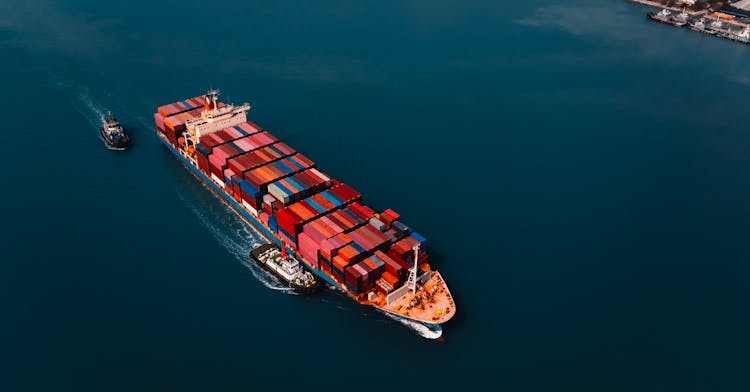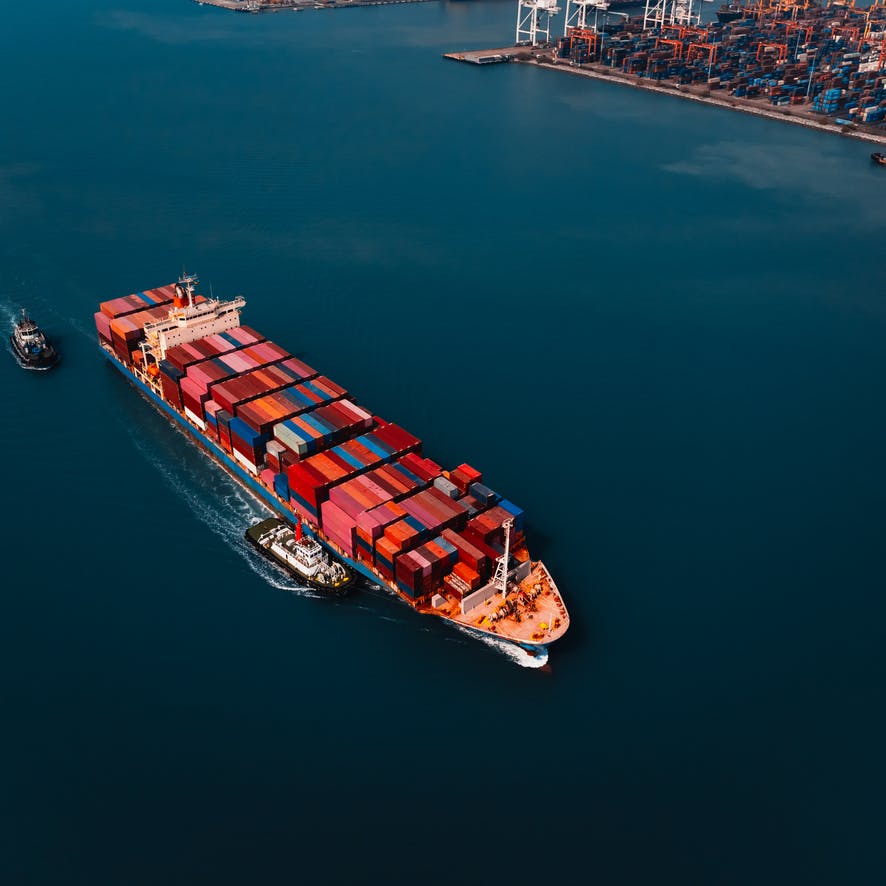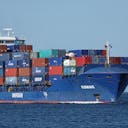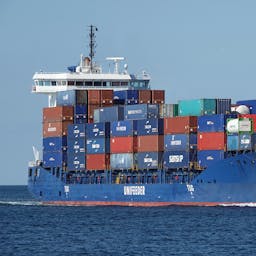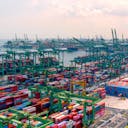DCSA, BIMCO, FIATA, the ICC and SWIFT recently formed a Future International Trade (FIT) Alliance and signed a memorandum of understanding to standardise the digitalisation of international trade.
This is a significant collaboration that will further our aim to establish standards for a common technology foundation in container shipping and the wider logistics industry. Once in place, this foundation will enable seamless, end-to-end information exchange, which will in turn enable shipping services that are easy to use, flexible, reliable and sustainable.My FIT Alliance vision
Through the ages, shipping has kept global trade moving by developing processes and systems for transacting and interacting that today sustain the transportation of some 11 billion tons of goods per year as well as billions of paper documents. Now, adopting digital forms of communication enabled by global standards will propel international trade into a new era of efficiency, transparency, sustainability, and security while delivering a better customer experience. The FIT Alliance will be central to making this vision a reality. We look forward to the progress that is to come through this partnership.The FIT Alliance aims
From the beginning, DCSA has had as its mission to create better means for close collaboration among container shipping stakeholders—to create a platform that would enable the industry to speak and act collectively. Our aim for the FIT Alliance is to drive collaboration and alignment among experts from key industry associations around two important objectives:Universal eBLA priority aim of the FIT Alliance is to facilitate acceptance and adoption of an electronic bill of lading (eBL) by every party involved in international trade, including ocean carriers, freight forwarders, shippers, regulators, banks and insurers. In 2021, DCSA estimated that 16 million original bills of lading (B/Ls) were issued by ocean carriers, but less than 1.2 percent of these were electronic.That is astonishing when you consider that paper B/Ls are estimated to cost the industry about US$11 billion per year[1]. Inefficient and vulnerable to fraud and human error, paper B/Ls slow down trade and hamper growth and innovation, contributing to price increases and exacerbating supply chain bottlenecks. The International Chamber of Commerce has estimated that digitalising these documents could generate £25 billion in new economic growth by 2024, and free up £224 billion in efficiency savings.[2]Despite the serious drawbacks of paper-based processes and benefits of digitalisation the eBL has had limited adoption to date, largely due to a lack of legislative and technical interoperability.Interoperable communicationsCurrently, most stakeholder systems are not interoperable. Without interoperability, data hits roadblocks as it travels across the end-to-end supply chain. Nowhere is this more evident than with the bill of lading. Universal eBL requires end-to-end interoperability through alignment and standardisation of processes, data semantics and transmission methods.When interoperability exists across the end-to-end supply chain, anyone who has adopted global standards will be able to participate in an eBL transaction, regardless of which platform they use, or which partners they work with. This will foster collaboration on a scale never before possible in container shipping.Each FIT Alliance member brings a unique perspective to achieving these objectives. It is vital that we understand the needs of each sector to ensure our collective vision can be effectively met.Next steps for the FIT Alliance
DCSA and its FIT Alliance partners collaborated for a year before signing the MOU and announcing it publicly. Right now, we are focused on assessing the obstacles to adoption all association members face in order to collectively address them. We will keep the industry apprised of our progress as future milestones are achieved.Check out the FIT Alliance website for more information.[1] DCSA research based on data collected from DCSA carrier members. The financial calculation includes costs for carriers, freight forwarders, shippers and financial institutions mainly around manual administration and courier fees.[2] https://www.lawcom.gov.uk/recommendations-to-allow-electronic-documents-would-revolutionise-trade/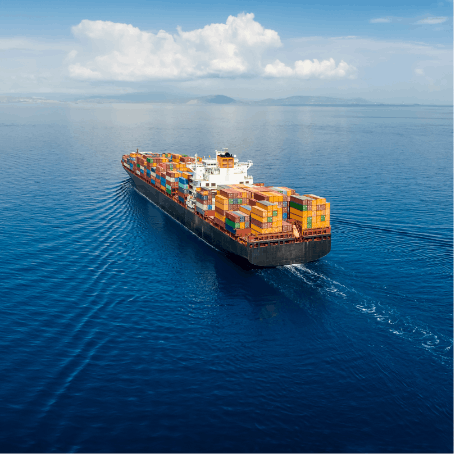
Digitalise the container shipping industry
At DCSA, we envisage a digitally interconnected container shipping industry in which customers have a choice of seamless, easy-to-use services that provide the flexibility to meet their business and sustainability goals.
